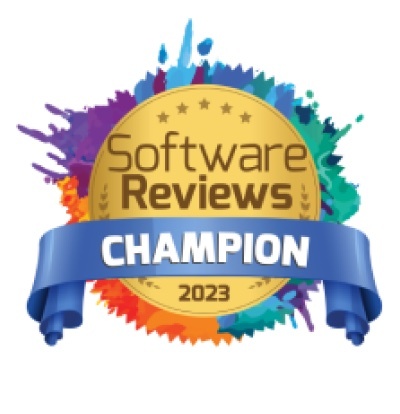In 1999, NASA’s Mars Climate Orbiter spacecraft, built at a cost of $125 million, disintegrated while entering its orbit around the red planet. Postmortem investigation found that there were several reasons for the failure. Unfortunately, these errors were not caught until too late, for example:
1. The two teams (Lockheed Martin and NASA Jet Propulsion Laboratory) that built the thrusters miscommunicated units (English to metric). So, the software miscalculated.
2. These two offices kept very informal communication procedures and records and were under pressure of budget and time constraints.
3. They ignored all the warning signs. For instance, the mishap board found that en route to Mars, the Orbiter had to make 10 to 14 times more adjustments than engineers anticipated.
Although it was only one of many Mars mission failures in the history of space travel, it was one that easily could have been prevented by achieving the optimal set of equipment and communication to power space travel.
It’s known that this mission was trying to do a lot in a limited amount of time and with a limited amount of money. “Better, faster, cheaper,” said NASA engineer Richard Cook, project manager for Mars exploration projects at the time.
Mission Critical for Your Business: The Automated BI Intelligence Platform
Like NASA’s Spacecraft Needed The Right Combination of Capabilities to Achieve Full Power, BI Teams Need Automated Data Lineage, Data Discovery and an Automated Business Glossary All Working Together for Better Collaboration, Context & Understanding of How You’re Using Your Data.
Any spacecraft needs certain equipment and multiple capabilities to rev up to full power and speed. That’s how your business is. While some businesses suffer from “data translation” issues, others are lacking in discovery methods and still do metadata discovery manually. Moreover, others need to trace data history, get its context to resolve an issue before it actually becomes an issue. The more information you have that can you understand your task at hand from multiple angles, the smarter and more effective you’ll be.
The solution is a comprehensive automated metadata platform. You need a business glossary, data lineage, and discovery – all three together – to drive better decisions. When you have only one of these functions, your view of the data is limited, and like a prism, you can only see one side. Your ability to draw conclusions is incomplete without having all sides or all points of view for analysis.
But when you have a complete set of BI tools, you can get to know your data from multiple angles and drive improved decisions on how to use the data.
With its integrated search feature, Octopai’s visual metadata tools can find all the information within a given context, such as terminology, definitions, technical metadata, key performance indicators, and process areas.
And the bottom line? Data lineage is incomplete without the business layer provided by an Automated Business Glossary.

What Goes into a BI Intelligence Platform?
These three elements are hugely important for business intelligence to be able to work properly:
1. Automated Discovery – A discovery module can take all sorts of metadata from files, databases, systems, structured data, and unstructured data – to bring that metadata into a repository, run data lineage on it, and discover what’s there. Answer the question, “Where are the fields or tables that have similar names or appear to match?”
2. Automated Data Lineage – Automated data lineage causes BI teams to bemoan lost years dedicated to manual processes. Automated lineage answers the questions, “Where is the data? Where do I go to find that data in the first place?” by tracing the data back to its roots, on its journey along any ETLs, tables, or procedures. Essential to compliance for GDPR.
3. Automated Business Glossary – Any glossary has terms and definitions, and the hard part is determining which terms to include in the automated business glossary and what the definitions should be. Follow this basic rule of thumb: all terms go into the ABG. A business glossary unites the organization and ensures each term represents the same idea across the enterprise.
How Data Lineage, Discovery and the Automated Business Glossary Serve IT and the Business
For business intelligence and analytics professionals who live, eat and breathe data, a business glossary plus lineage is absolutely essential. Then add discovery, and you’ve got super BI powers. BI helps an organization make sense of and draw meaningful insights from its data assets. This task is almost impossible without the consistency that a business glossary brings to the organization or the context that lineage offers.
The first step to getting control of your data landscape and unlocking the value in your data assets is making sure you know what you have. Unlike a Mars mission, it’s not rocket science, and Octopai’s automated metadata management tools can do the heavy lifting. ??








